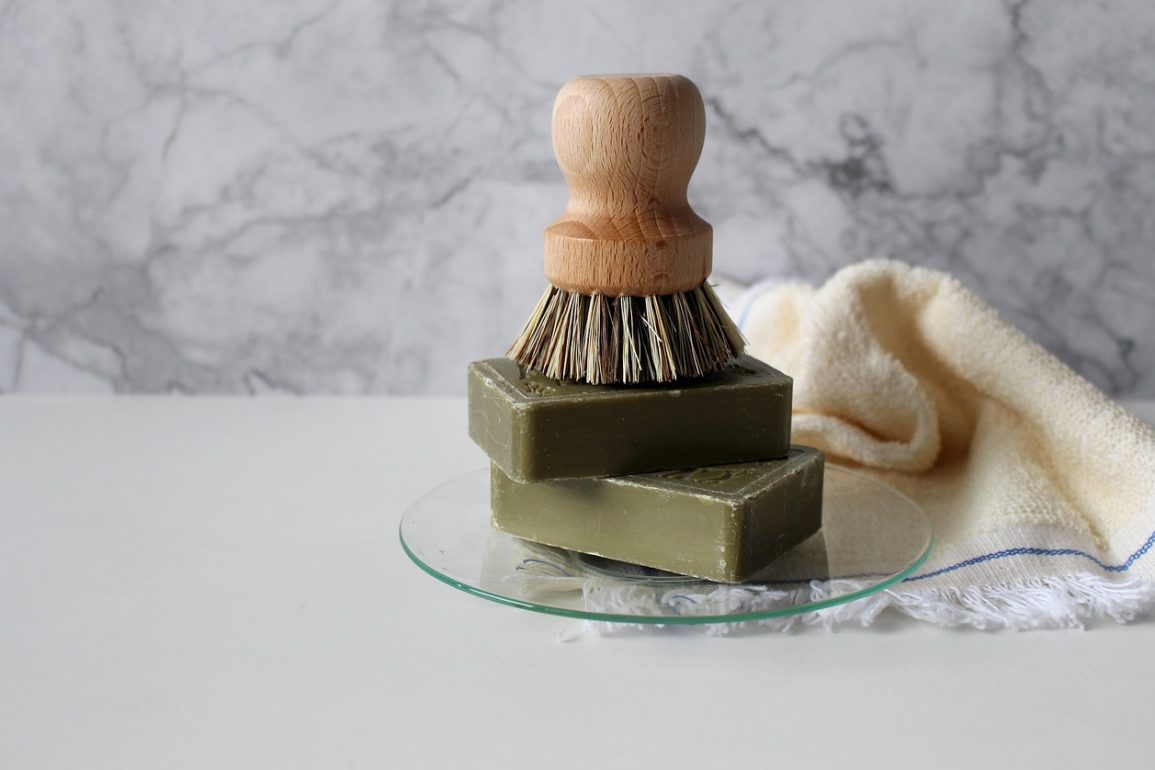The Art of a Close Shave – With Father’s Day on the horizon, I felt it was time to look at men’s grooming.
Although I do not have to go through this process myself, personally, I would classify shaving for men as an art form. While it may seem like a routine grooming task, the art of shaving encompasses more than just the act of removing facial hair. It involves skill, precision, and a meticulous approach to achieve the desired results. The attention to detail, the use of specialised tools and products, and the focus on technique all contribute to the artistic nature of the shaving process.
Just like any other art form, shaving allows for individual expression and personal style.
Some men take pride in mastering the art of shaving and view it as a ritual or a form of self-care. The careful selection of shaving products, the use of traditional techniques, and the pursuit of a perfect shave can be seen as a creative endeavour. It requires practice, patience, and a keen eye for detail, similar to other artistic pursuits.
Additionally, the art of shaving has a long history and is deeply rooted in cultural traditions. Traditional barbershops, often associated with the art of shaving, have served as spaces where men could experience a luxurious grooming ritual and connect with a sense of tradition and craftsmanship.
Overall, while shaving may not be traditionally considered a conventional art form, it embodies many elements that align with artistic expression, craftsmanship, and personal style.
Whether a safety or a straight razor Women Talking looks at some key aspects of the art of shaving:
Preparation: A good shave begins with proper preparation. This typically involves washing the face with warm water and using a pre-shave product like a pre-shave oil or gel. These products help to soften the facial hair and moisturise the skin, making it easier to shave.
Shaving brush: A shaving brush is used to apply shaving cream or soap to the face. It helps create a rich lather, exfoliates the skin, and lifts the facial hair, allowing for a smoother shave. Shaving brushes are typically made from materials like badger hair, boar hair, or synthetic fibres.
Shaving cream or soap: High-quality shaving creams or soaps are used to create a protective lather on the face. They provide lubrication for the razor and help to moisturize the skin, reducing the chances of irritation and razor burn. Shaving creams and soaps often come in different scents and formulations to suit individual preferences.
Shaving razor: The choice of razor is crucial in the art of shaving, many feel a straight razor is better as it offers the closest shave but requires skill and experience to use safely. Safety razors, which use replaceable double-edged blades, are popular among those seeking a classic shaving experience with added safety. Cartridge razors, with disposable blade cartridges, are commonly used for convenience.
Shaving technique: The art of shaving involves using proper technique for a smooth and comfortable shave. It includes holding the razor at the correct angle, shaving with the grain of the hair, and using short, gentle strokes. Repeated passes may be necessary for a closer shave but should be done with caution to avoid irritation.
Aftershave: After shaving, applying an aftershave product is essential to soothe the skin and provide post-shave care. Aftershaves come in various forms such as balms, lotions, or splashes. They often contain ingredients like aloe vera, witch hazel, or moisturizers to hydrate the skin and reduce any potential irritation or redness.
Remember, the art of shaving is a personal preference, and everyone may have their own variations and additions to the process. Experimenting with different products and techniques can help you find the routine that works best for your skin and shaving preferences.
Poppy Watt


